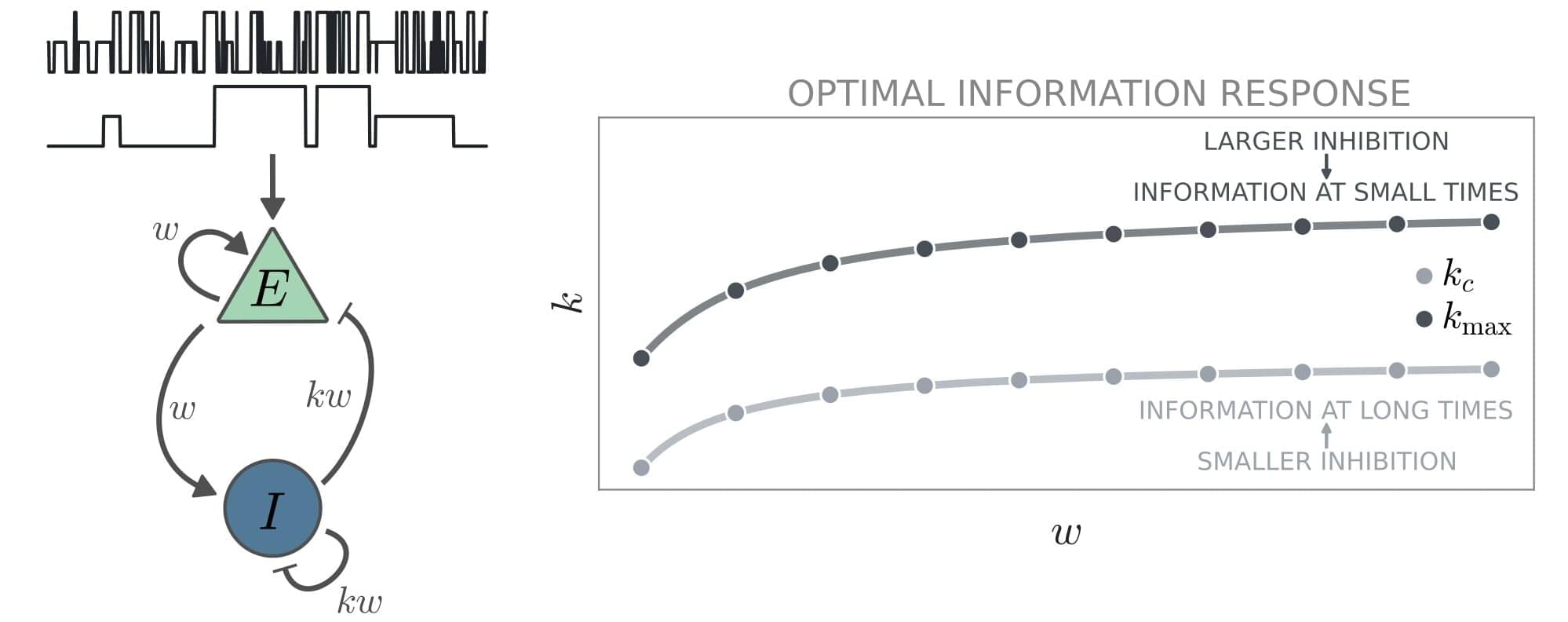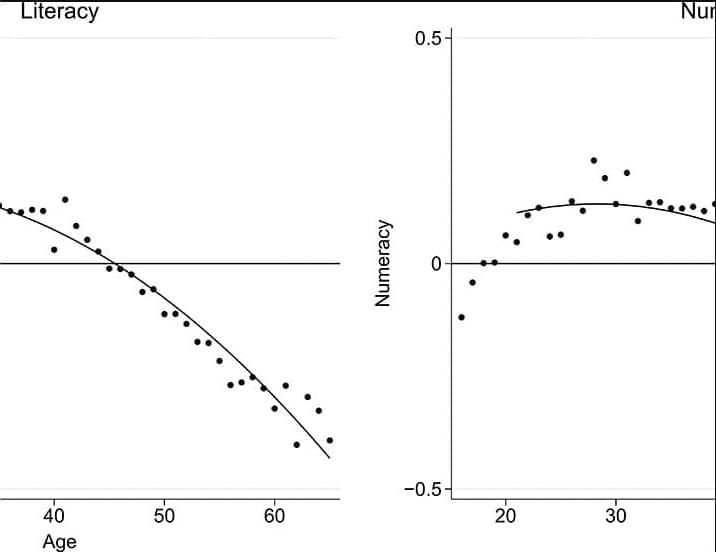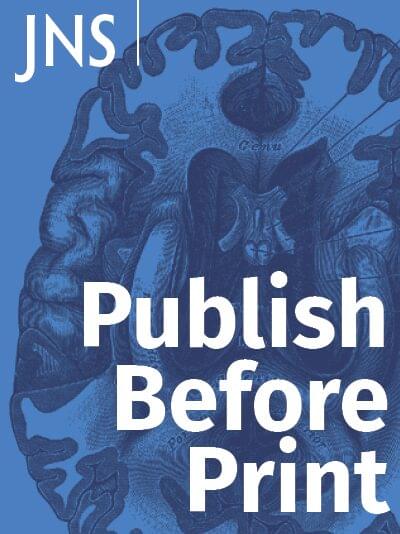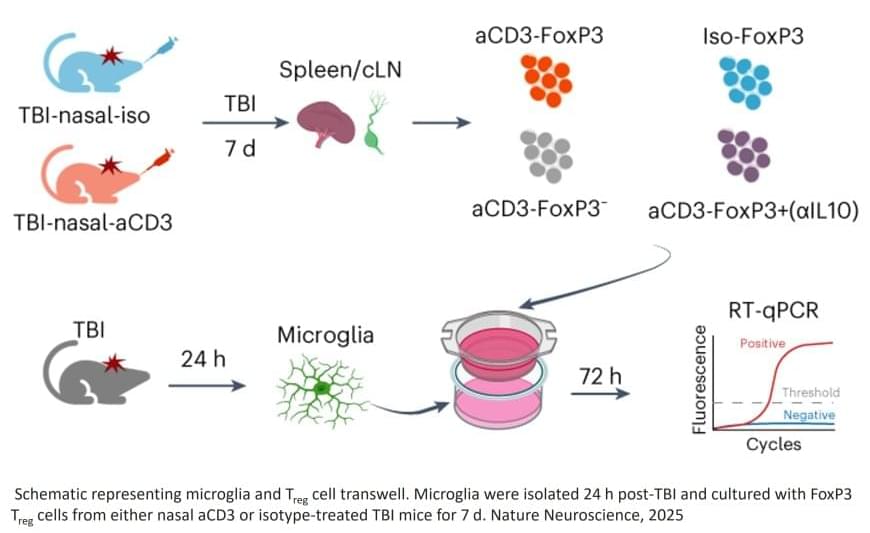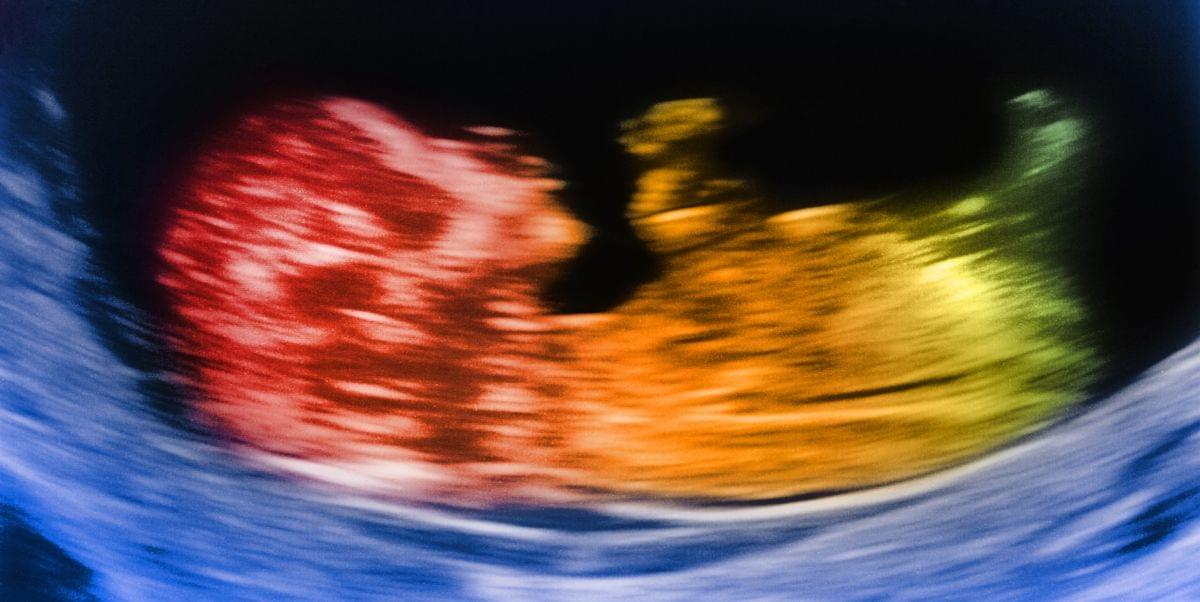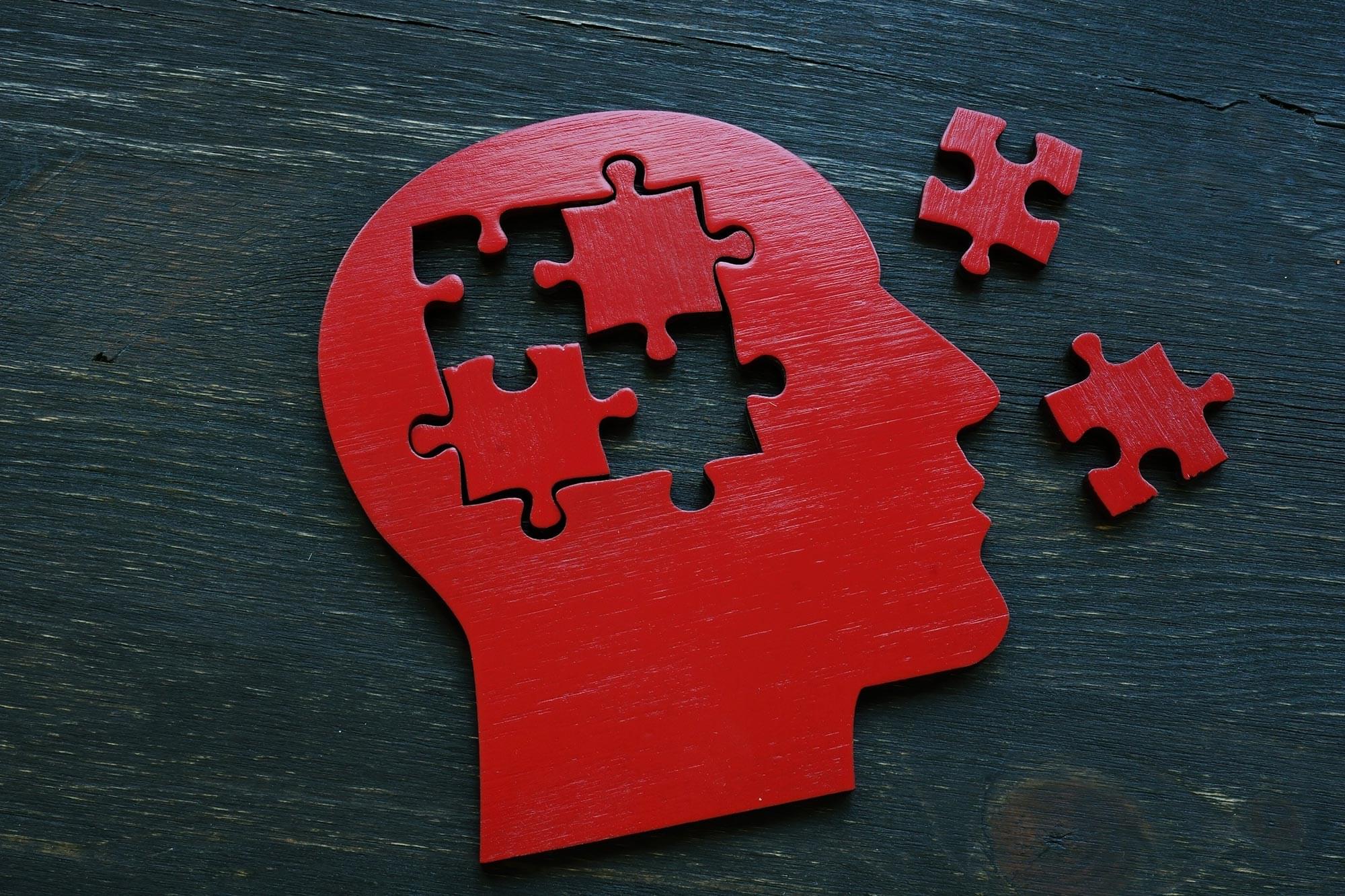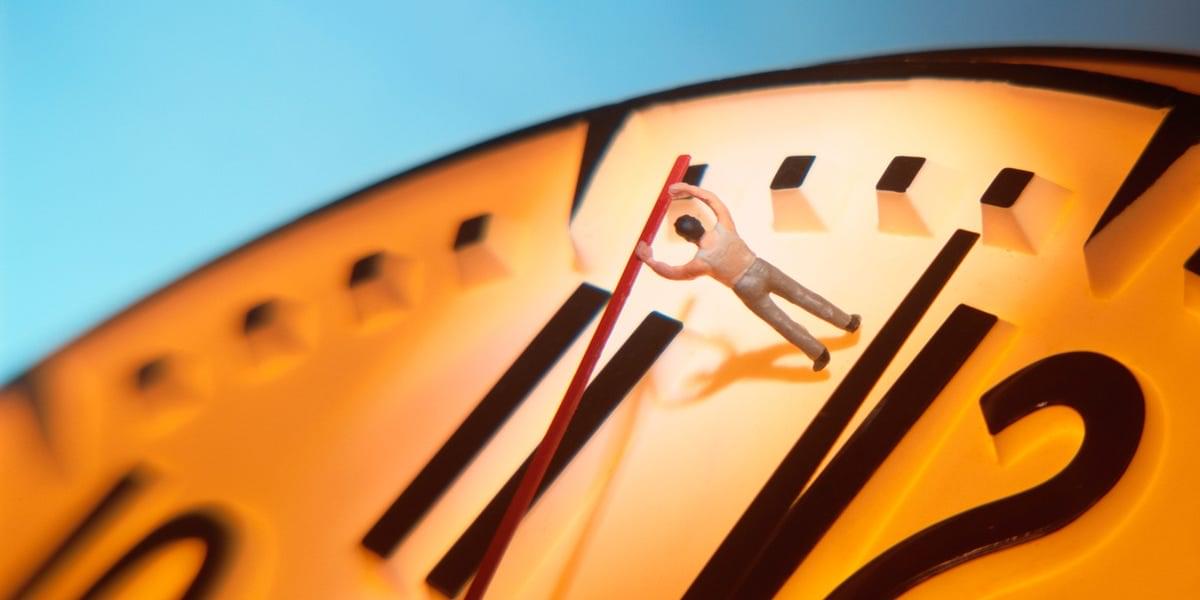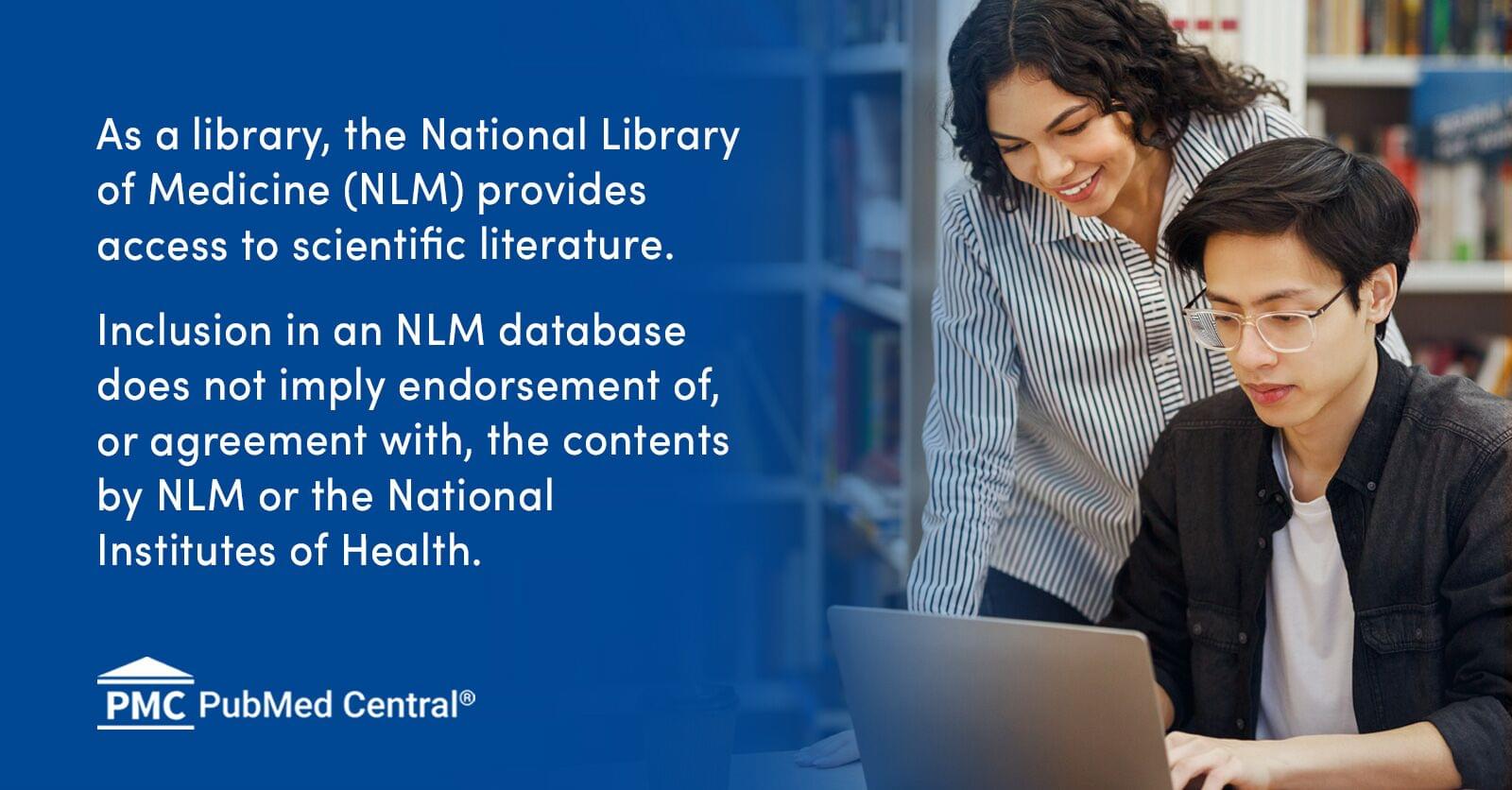The brain’s ability to process information is known to be supported by intricate connections between different neuron populations. A key objective of neuroscience research has been to delineate the processes via which these connections influence information processing.
Researchers at the University of Padova, the Max Planck Institute for the Physics of Complex Systems and École Polytechnique Fédérale de Lausanne recently carried out a study aimed at better understanding the contribution of excitatory and inhibitory neuron populations to the brain’s encoding of information. Their findings, published in Physical Review Letters, show that information processing is maximized when the activity of excitatory and inhibitory neurons is balanced.
“Our research was inspired by a fundamental question in neuroscience: how does the structure of the brain shape its ability to process information?” Giacomo Barzon, co-author of the paper, told Medical Xpress. “The brain continuously receives and integrates sensory inputs, and neurons do not act in isolation—they are part of complex, recurrent networks. One particularly intriguing feature of these networks is the balance between the activity of excitatory and inhibitory neurons, which has been observed across different brain regions.”
